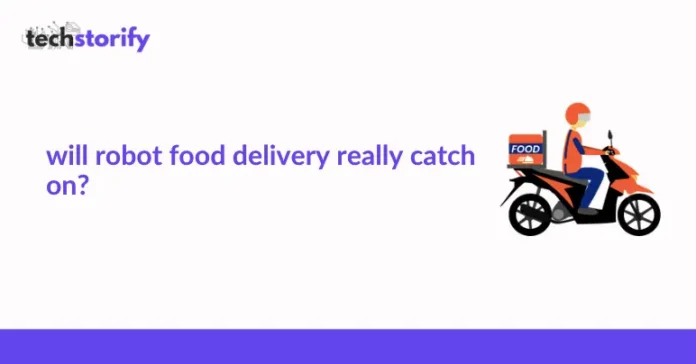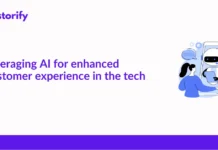Unless you live in a big European city, chances are you haven’t seen a small six-wheeler robot on your street yet. Automatic delivery robots are now a thing. They do exactly what you would imagine: delivering food to your door after you’ve ordered something from the comfort of your own home.
It’s something technology has been working towards. Autonomous vehicles and 5G lead us to robot food delivery. Obviously both autonomous vehicles and 5G have other implications – be it driverless taxis or smoother gameplay while utilising a 32red promo. However, robot delivery is important.
There are obstacles – no pun intended – to the full deployment of delivery robots in Europe, but it is safe to assume that these cute yet powerful machines will become standard in a few years. How do they function, and what are their costs? Let’s discover these tiny machines that will soon become part of your neighbourhood.
Contents
How Does A Delivery Robot Work?
Automatic delivery is far from a new idea. There were already prototypes of autonomous cars running the highway in Germany as of 1987. The advance in technology makes the rise of robots possible.
They look like little white tanks with six wheels, and they can move down to the pavement due to a battery of cameras and sensors. These machines are getting more sophisticated. They can avoid a curb or tackle small obstacles.
Positive Aspects Of Delivery Robots
After the pandemic and the emergence of social distancing, some customers are looking for a contactless experience to pick up their food. Whether it’s a piping hot pizza or a bag of groceries, you can get it delivered in record time if you live in a neighbourhood with practical roads.
Because the latest automated delivery robots work on electricity, they are environmentally friendly and free us from going to the shop. It is convenient if you don’t have time to go for groceries, and you don’t have to take your vehicle.
This type of automation is positive because the robot gets the job done fast. On top of that, these robots are skilled enough to avoid pedestrians, and amongst 4 million deliveries already completed, no accident has been reported.
You might also wonder if robots are safe from damage, as some people might want to steal or destroy them. According to the CEO of Starship, the leader in autonomous delivery robots, these robots are safe from damage if they ring sirens anytime somebody tries to damage them. Moreover, they have a GPS tracker, which makes them safe from being stolen.
Are Delivery Robots Stealing Jobs?
You might wonder if automatic delivery will cause harm to the job market, but robots respond to the need for more human workers in the food industry. There are fewer delivery drivers for many factors: the job can be dangerous due to traffic. Some drivers are experiencing bad pay for long hours. The food industry is facing a big issue with staff shortages, and robots can help with the increasing demand for takeaway food.
Moreover, robots are creating technician jobs as they are not entirely independent of human interaction. Experienced engineers need to manage a float of robots and maintenance specialists too. At the end of the day, automatic food delivery might create more solutions than problems.
Are Delivery Robots Going To Be Standard In Europe?
As of now, only a few countries in Europe adopted these robots, such as Estonia, Finland, Denmark and the UK. Minus the last one, all these countries have two things in common: a small population with a reputation for respecting rules.
For more populated countries such as France, implementing these robots should take more time as their deployment is subjected to many governmental authorities. However, they might be standard, and getting your Friday night grub won’t be a science-fiction thing anymore.













